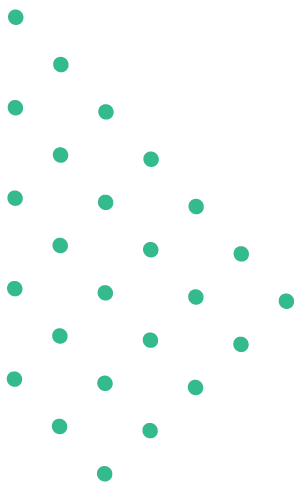How are the mood and tone of the poem “Elegy Written in a Country Churchyard”? Thomas Gray’s (1716-71) “Elegy Written in a...Continue
Analyze the rhyme scheme of the poem “To Autumn”.
The poem “To Autumn” (1820) by John Keats (1995-1821) is beautifully written. It celebrates the beauty and abundance of autumn. The rhyme scheme is one of its special features. It creates a soft and flowing rhythm. This helps the poem sound smooth and natural, like the season itself.
The rhyme scheme of the first stanza is ABAB CDEDCCE. This means:
- The first and third lines rhyme (A).
- The second and fourth lines rhyme (B).
- The next four lines follow a new pattern (CDED).
- The last three lines rhyme in a different way (CCE).
This rhyme pattern is not common. It shows Keats’s creativity. He makes the poem sound musical and unique. The rhyme scheme also matches the calm and peaceful tone of the poem. For example, in the first stanza:
- “fruitfulness” (A) rhymes with “bless” (A).
- “sun” (B) rhymes with “run” (B).
The middle part (CDED) has a softer flow. The ending (CCE) makes the stanza feel complete. This mix of patterns adds beauty to the poem.
The rhyme scheme helps the poem feel balanced. It gives the reader a sense of harmony, like the season itself. Keats uses this pattern to show the richness of autumn. It connects the words, images, and feelings together. This makes the poem very enjoyable to read and understand.



